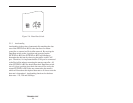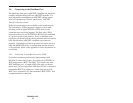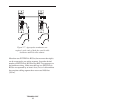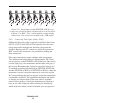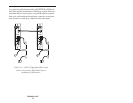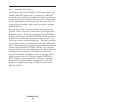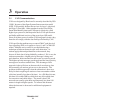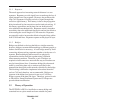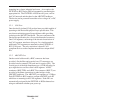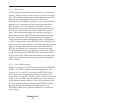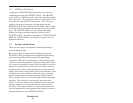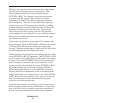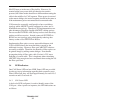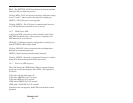
TD960801-0MC
19
3 Operation
3.1 CAN Communications
CAN was designed by Bosch and is currently described by ISO
11898. In terms of the Open Systems Interconnection model
(OSI), CAN partially defines the services for layer 1 (physical)
and layer 2 (data link). Other standards such as DeviceNet,
Smart Distributed System and CANopen (collectively called
higher layer protocols) build upon the basic CAN specification
and define additional services of the seven layer OSI model.
Since all of these protocols utilize CAN integrated circuits, they
therefore all comply with the data link layer defined by CAN.
CAN specifies the medium access control (MAC) and physical
layer signaling (PLS) as it applies to layers 1 and 2 of the OSI
model. Medium access control is accomplished using a
technique called non-destructive bit-wise arbitration. As
stations apply their unique identifier to the network, they
observe if their data is being faithfully produced. If it is not, the
station assumes that a higher priority message is being sent
and, therefore, halts transmission and reverts to receiving mode.
The highest priority message gets through and the lower priority
messages are resent at another time. The advantage of this
approach is that collisions on the network do not destroy data
and eventually all stations gain access to the network. The
problem with this approach is that the arbitration is done on a
bit by bit basis requiring all stations to hear one another within
a bit time (actually less than a bit time). At a 500 kbps bit-rate,
this time is less than 2000 ns which does not allow much time
for transceiver and cable delays. The result is that CAN
networks are usually quite short and frequently less than 100
meters in length at higher speeds. To increase this distance
either the data rate is decreased or additional equipment is
required.



